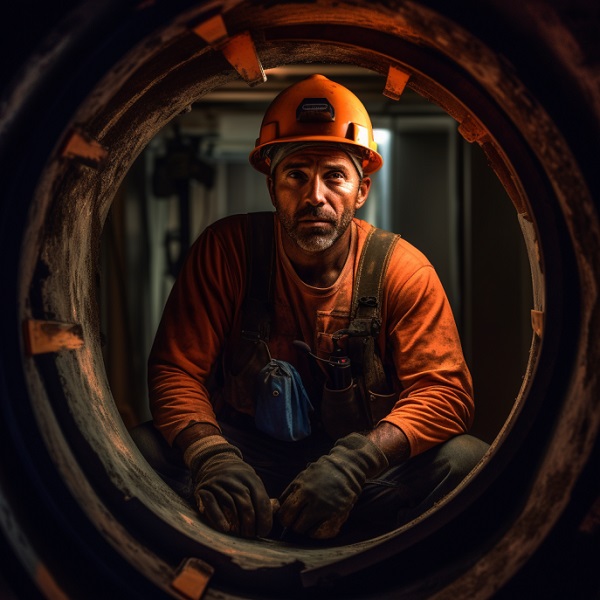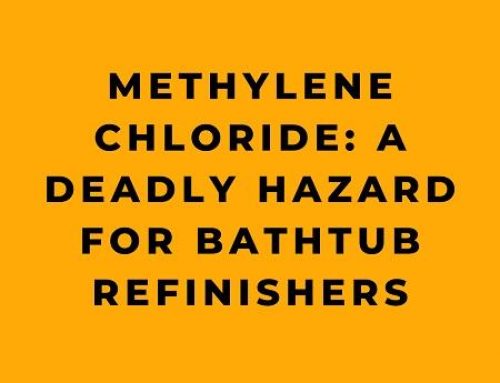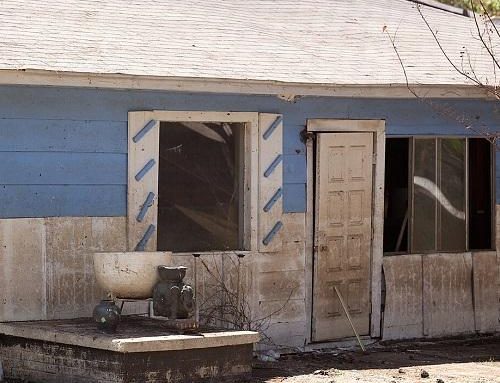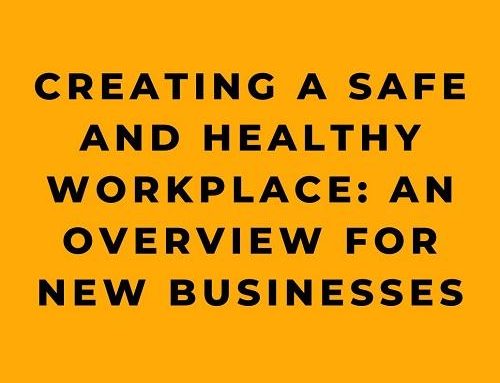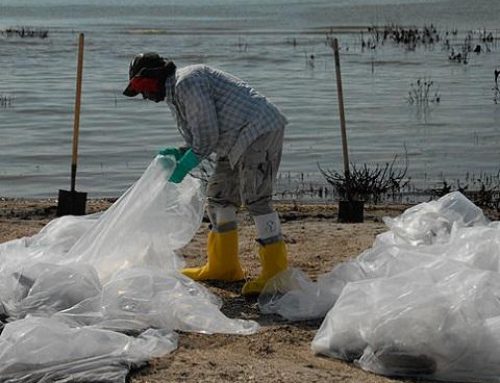Our workspaces come in all shapes and sizes. Some are vast open plains, while others are as cramped as the backseat of a ’67 Volkswagen. These cramped spaces we often find ourselves in, well, they’ve got their own fancy title: Confined Spaces. And when you’re playing in the world of residential construction, these spaces could be your attics, basements, even those creepy crawl spaces.
The fine folks at OSHA developed a standard, specifically for these Confined Spaces in Construction (29 CFR 1926 Subpart AA). Now this isn’t some dry standard pulled out of thin air, it’s been crafted with guidance from the National Association of Home Builders (NAHB). They’ve also got a handy Fact Sheet and Frequently Asked Questions (FAQs) document that shed more light on how this standard plays out in your daily grind in residential construction.
So, what makes a space a confined one, you ask? Well, OSHA says it’s got to tick three boxes:
- It’s roomy enough for a worker to squeeze into,
- Entry and exit isn’t exactly a walk in the park, and
- It’s not exactly a place you’d want to set up a hammock and chill.
Now, when these confined spaces start harboring hazardous conditions, they earn a special title: permit-required confined spaces. These are the spots that could turn dangerous, or even deadly, if we don’t properly identify, evaluate, test and control them.
A permit-required confined space is a confined space with one or more of these delightful features:
- It’s home to or could house a hazardous atmosphere,
- It’s filled with material that could swallow an entrant,
- It’s got an internal configuration that could trap or suffocate an entrant,
- Or it has any other serious safety or health hazard lurking inside.
Before a crew starts working on a homebuilding project, there’s a vital task that needs to get done: the employer’s got to make sure a competent person identifies all confined spaces where employees might end up working, and labels any that are permit-required confined spaces.
The skilled individual tasked with this job doesn’t have to physically poke their head into every attic, basement or crawl space. If they can reliably tell whether spaces of the same or similar layout hold a hazard or potential hazard that warrants the permit-space classification, that’ll do the trick. Their judgment can lean on their existing experience and knowledge of the space, and no need to get this initial evaluation down on paper.
Take a competent person inspecting newly constructed homes that follow identical blueprints using the same materials. They don’t have to individually examine each attic to figure out if it’s a permit-required confined space. They just need to apply their knowledge from previous inspections.
The key areas in a residential construction project that might be considered confined spaces or permit-required confined spaces are attics, basements, and crawl spaces. These spots could earn these labels during the construction or remodeling process. But most of the standard’s requirements usually only apply to permit-required confined spaces, and these three common areas typically won’t trigger these requirements.
Now, let’s take a closer look at these spaces:
Attics: Most of the time, an attic won’t qualify as a confined space because there’s enough room to get in and out. If you’ve got an attic with pull-down stairs that don’t force an employee to climb hand-over-hand, and there are no obstacles to getting out, you’re not looking at a confined space.
But if an attic turns out to be a confined space, chances are it won’t be a permit-required confined space. This is because they usually don’t harbor the types of hazards or potential hazards that make a confined space a permit-required confined space. However, if the attic turns into a sauna, that extreme heat could turn it into a permit-required confined space.
Basements: Basements in a residential home designed for continuous occupancy aren’t considered confined spaces under the standard, as long as they’re set up as intended. This means they’ve got permanent stairs, a walk-out entry/exit, or an egress window installed.
Crawl Spaces: These little spaces typically won’t trigger most of the requirements of the standard, unless they hold a physical hazard like an exposed live electric wire.
No matter what space you’re dealing with, the competent person needs to be on the lookout for acute health hazards, such as toxic (carbon monoxide), flammable, or explosive atmospheres.
Before workers step foot in a confined space, employers need to review Safety Data Sheets (SDSs) to thoroughly assess potential hazards. This will help them decide whether the confined space is a permit-required space.
The obligations employers have under this standard will depend, in part, on what “type” of employer they are. However, most of the standard’s obligations apply to entry employers.
Here’s a quick breakdown of the different types of employers:
- Host employer: The boss who owns or manages the property where the construction work is happening.
- Controlling contractor: The boss with overall responsibility for construction at the worksite. If the controlling contractor owns or manages the property, they wear both the controlling employer and host employer hats.
- Entry employer (Sub Contractor): Any boss who decides that a worker they direct will enter a permit-required confined space.
The standard assigns the controlling contractor the important role of primary point of contact for information about permit-required confined spaces at the worksite. They’re in charge of passing on any information they have about permit-required confined spaces to the employers whose workers will enter these spaces (entry employers).
In turn, entry employers must give the controlling contractor information about their entry program and any hazards they encounter in the space. The controlling contractor then passes this information on to other entry employers. They also make sure that employers outside a space don’t create hazards in the space, and that workers from different entry employers don’t endanger each other when working in the same space.
Before workers start entering these spaces, a host employer with the following information has to give it to the controlling contractor:
- The location of each known permit-required confined space,
- The hazards or potential hazards in each space or the reason it’s a permit-required confined space, and
- Any precautions that the host employer or any previous controlling contractor/entry employer implemented for the safety of workers in the permit-required confined space.
This multi-employer communication requirement applies to host employers with employees who work at the worksite, regardless of when those workers are on-site. And it only applies to permit-required confined spaces.
Beyond this, host employers and controlling contractors aren’t responsible for complying with the permit-required confined space program provisions of the standard if they have no reason to anticipate that the employees they direct will enter a permit-required confined space.
Let’s now turn to the entry employer’s obligations:
If a workplace houses a permit-required confined space, the entry employer has to let workers near each space know about its location and the danger it poses. They can do this by posting warning signs at each possible entry point or using other equally effective means.
Employers also have to either prevent their workers from entering that space or ensure entry happens through a permit program or as the standard allows (alternative entry procedures). If an entry employer lets a worker into a permit space, they must try to get rid of or isolate the hazards in that space.
If the usual engineering and work-practice controls don’t fully protect workers, the employer needs to assess the space to figure out what personal protective equipment (PPE) is necessary. The employer then has to provide workers with the required PPE and proper training on its use and any related hazards before work starts.
Training-wise, the standard requires employers to make sure their workers know about the existence, location, and dangers of each permit-required confined space. They also need to know that they can’t enter these spaces without authorization. Entry employers must train workers involved in permit-required confined space operations so they can perform their duties safely and understand the hazards in permit spaces and the methods used to isolate, control, or protect workers.
For the record, workers not authorized to perform entry rescues must be trained on the dangers of attempting such rescues.
Also, the permit-required confined space program must set up a system for preparing, using, and canceling entry permits. These are written or printed documents that allow and control entry into permit spaces.
When it comes to rescue, entry employers have to make sure that properly trained rescue and emergency services are available before entering permit-required confined spaces.
Having absorbed all this essential information about OSHA’s regulations for confined spaces in residential construction, it’s clear we need to up our safety game. But don’t worry, there’s a direct and enjoyable way to do just that.
You see, it’s not about fitting square pegs into round holes. It’s about understanding the rules, the quirks, the ins, the outs and, most importantly, staying safe while you’re at it.
With OSHA’s Confined Spaces in Construction regulation (CFR 29 1926 Subpart AA), you’ll find a lot more than just rules. It’s like the blueprints to a skyscraper of safety standards that takes your construction activities, whether general or specifically confined spaces, under its wing.
But let’s face it, not all of us are “construction-type” folks, yet this construction standard can be applied more broadly than you might think. It’s like realizing you’ve been a gourmet chef all along, even when you thought you were just grilling steaks.
And that’s where our “Confined Space Entry” training products come in. Picture this as your personal toolbox, chock-full of everything from micro-learning and full-length online courses to DVDs and interactive CD courses. We’ve got the whole nine yards, giving employees what they need to ace their permit spaces and helping employers stay in compliance with OSHA.
Dive into crucial topics like:
- Playing it safe with a Permit Space Program.
- Understanding the Entry Permit.
- Getting a grip on testing for hazardous atmospheres.
- Strategies for making a space as safe as can be.
- Walking you through a safe entry, step by step.
- Explaining the roles of attendants and evacuation.
- Tackling those “Special” situations.
And that’s just the tip of the iceberg. Plus, for all our friends across the language divide, all “Confined Space Entry” products are available in both English and Spanish.
Check out the Confined Space Entry Detailed Course Outline in PDF format. It’s your roadmap to understanding everything we’ve got to offer.
For those in a hurry, we’ve got you covered too. The “Confined Space Entry” MicroLearning curriculum offers bite-sized 3 – 5 minute courses covering all these essential topics.
So why wait? Click the link below and let’s get started on ensuring your job site is not just productive, but also a safe space for everyone involved.


